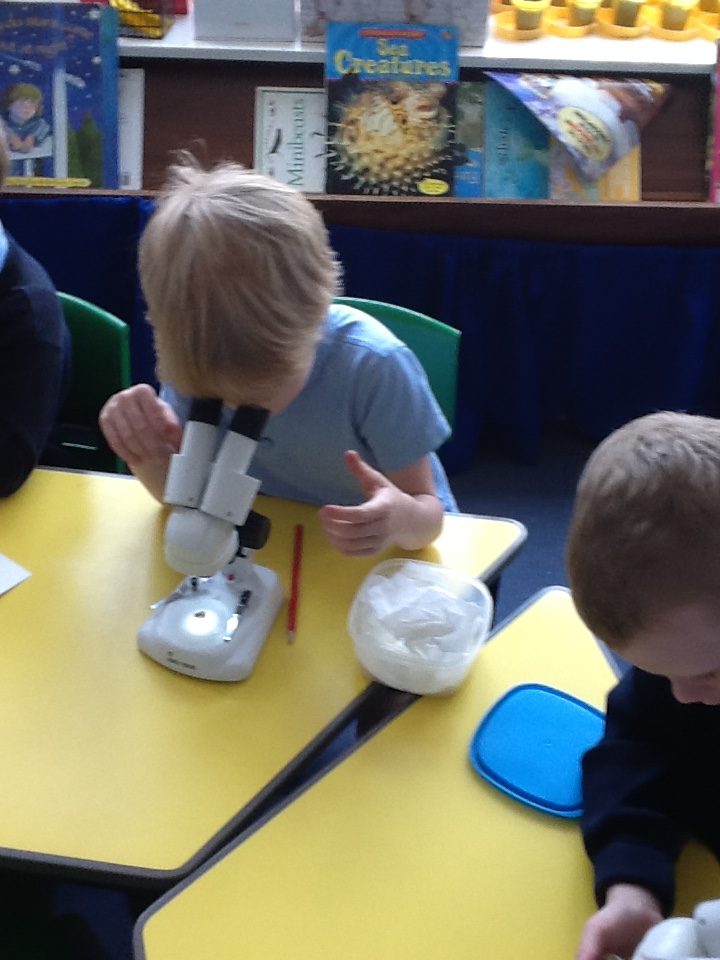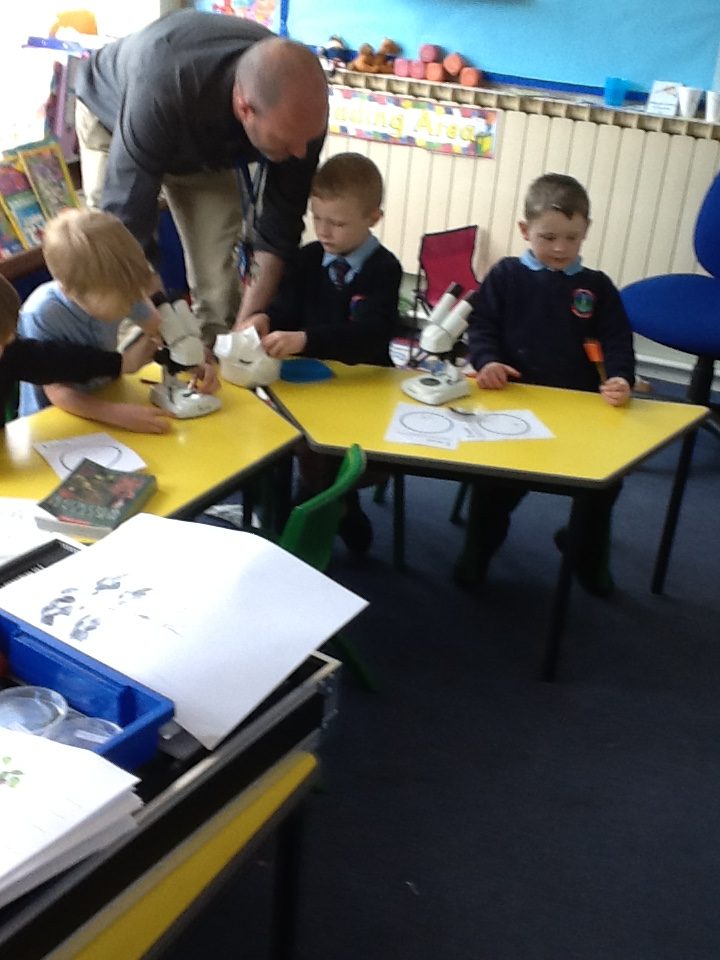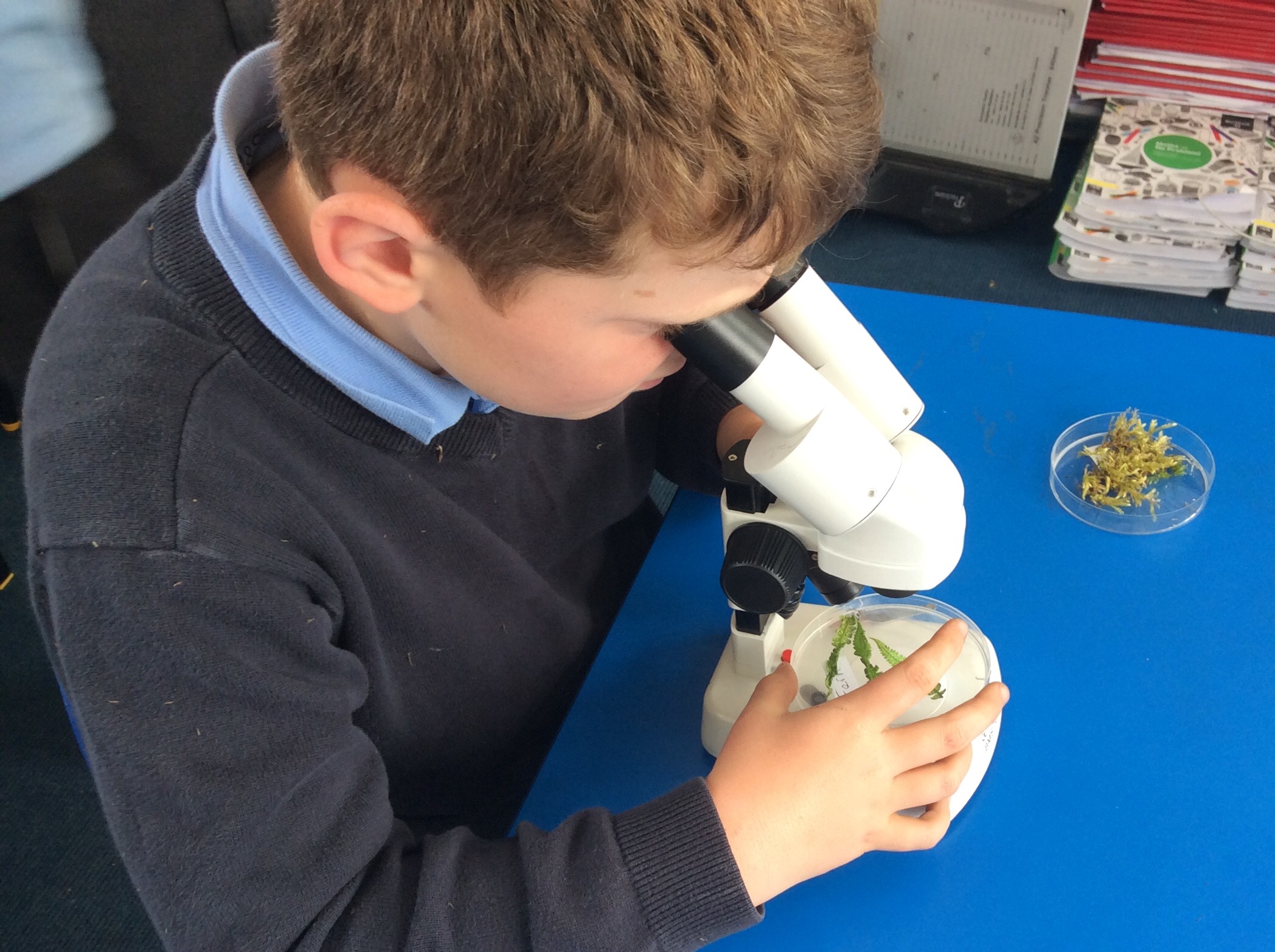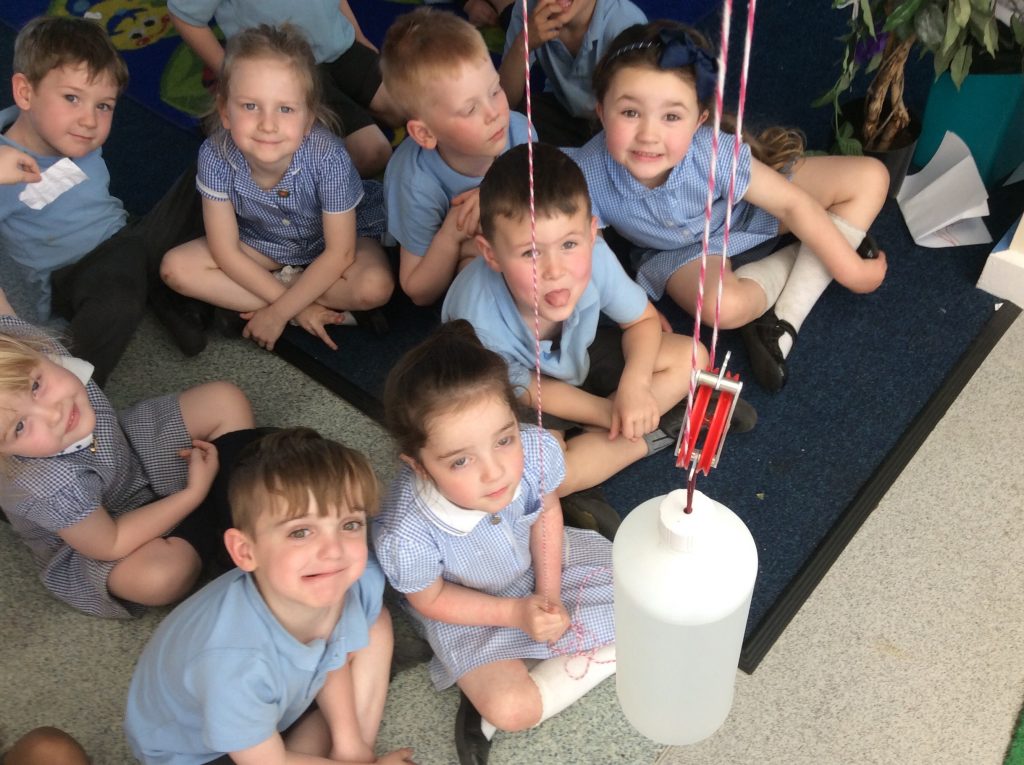Category: Science
Microscopes in the Early Years
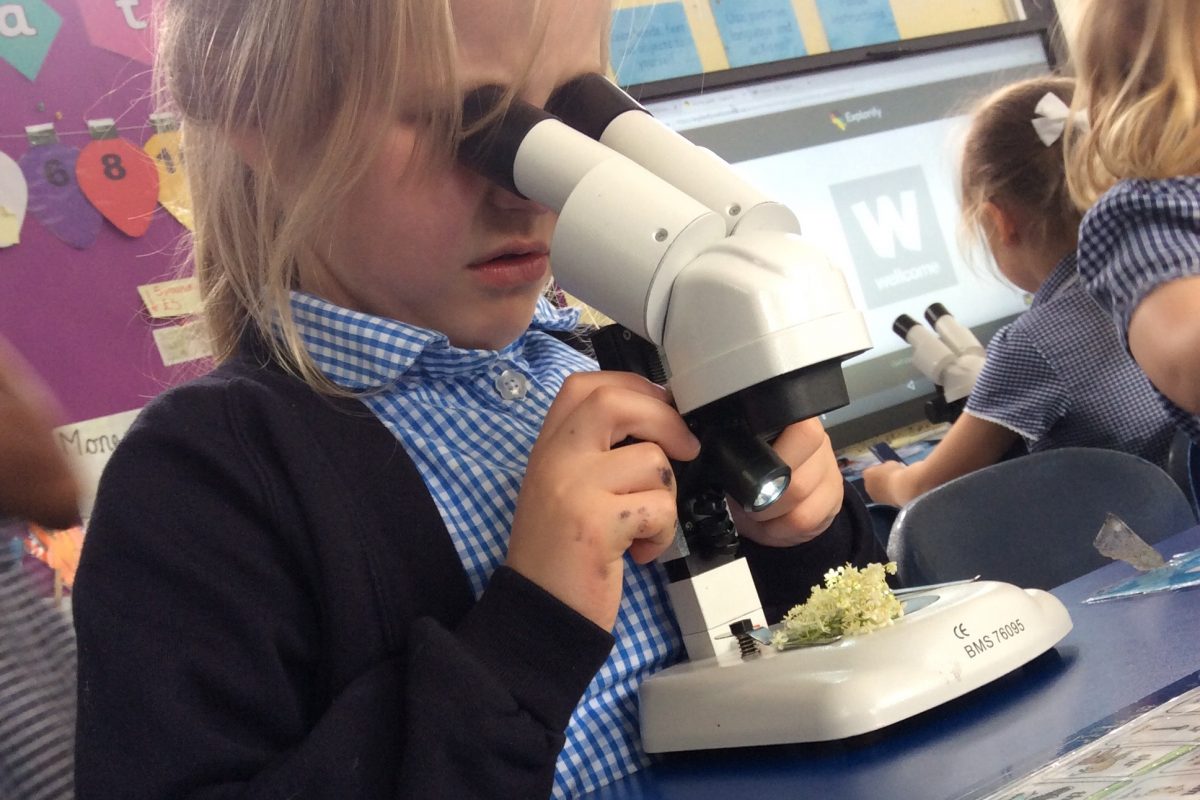
Both Reception and Nursery had the chance to use a microscope this week as we took a close look at bugs, beetles, spiders and other invertebrates. We thought they looked very strange and very hairy when zoomed in – some had some rather scary fangs!
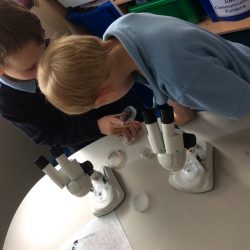
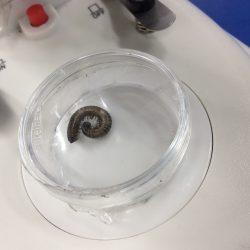
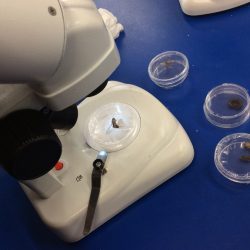
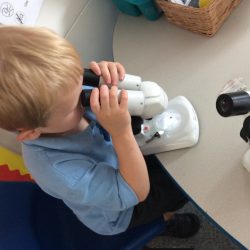
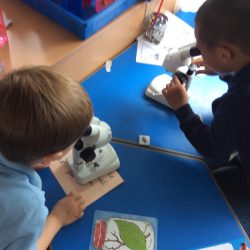
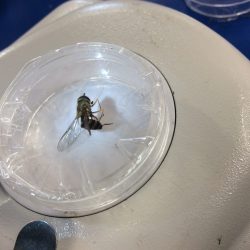
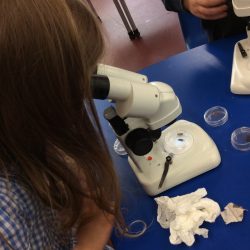
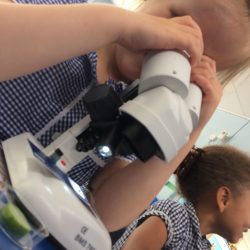
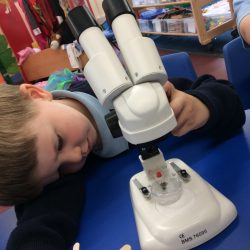
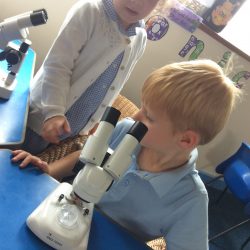
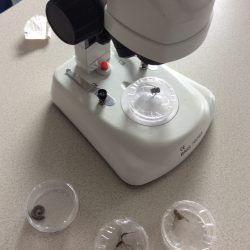
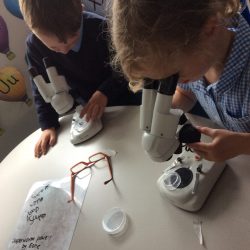
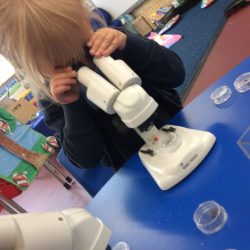
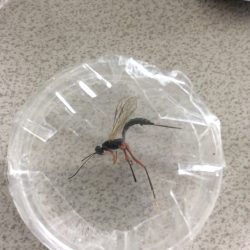
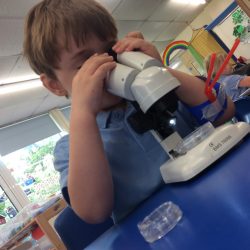
Year 2 on Safari
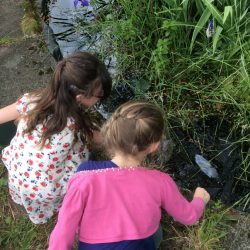
Year 2 headed to the wildlife garden to see what wildlife we could find. Armed with magnifying glasses, nets and pooters we found a whole host of tiny creatures including beetles, spiders, flies, ants, woodlice, centipedes, millipedes, watersnails, pond skaters, moths, tadpoles and a young newt.
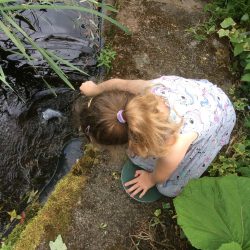
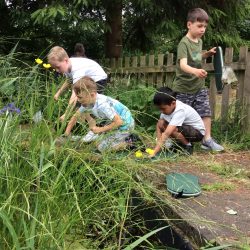
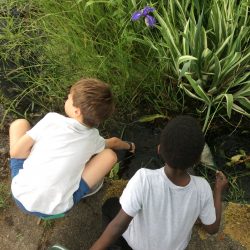
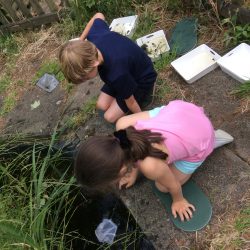
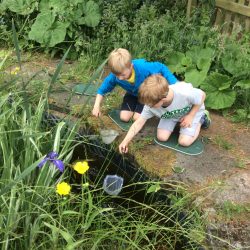
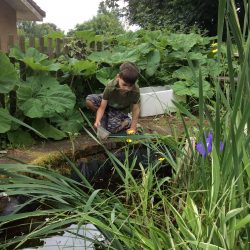
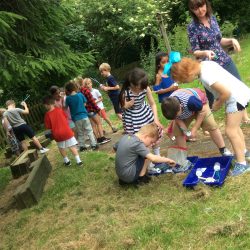
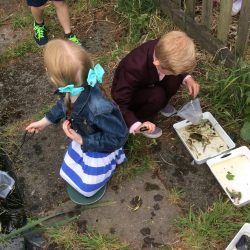
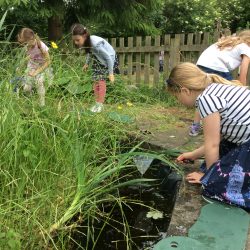
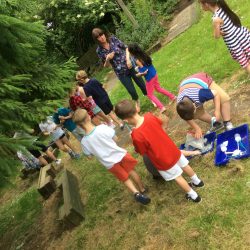
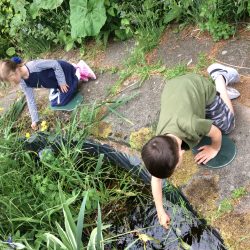
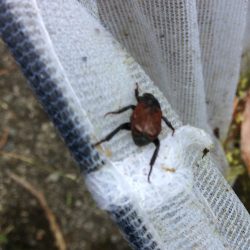
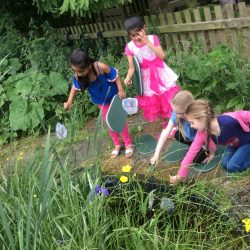
How Big is a Blue Whale?
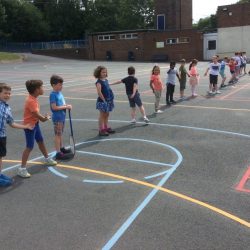
2MG have been researching Blue Whales so we decided to go out and measure one out. The whale was so big that we had to go on the KS2 playground and it only just fit! It was even bigger than the HMS Beagle that we measured out earlier in the year. We stretched out our arms to make a line and the whole class comfortably fit inside this enormous animal.
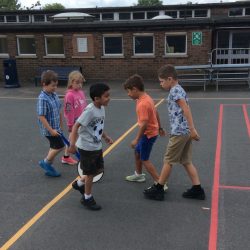
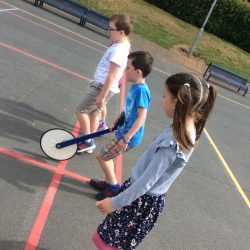
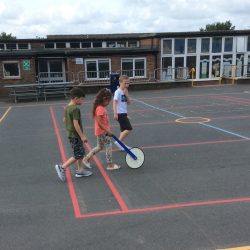
Looking at the Weather
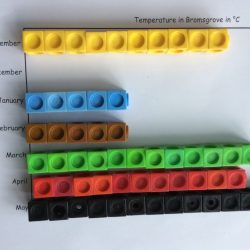
LB1 have been looking at the weather throughout the year and today we made bar graphs to show how the temperature changed throughout the year. We found that December was the coldest but, unsurprisingly, the last few months have been much hotter.
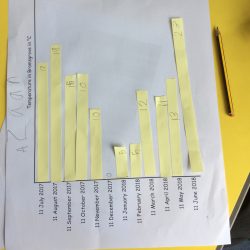
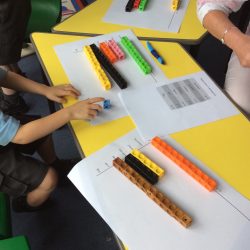
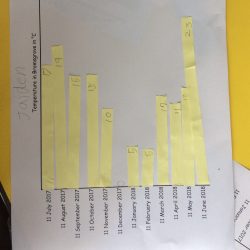
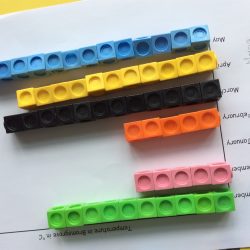
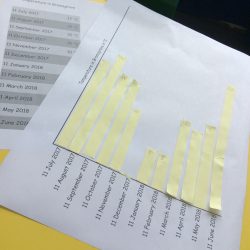
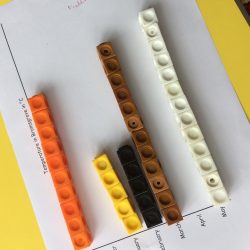
Microscopic Science
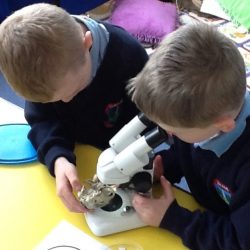
LB1 had great fun looking at small objects through the microscope. They looked at seeds, leaves and other interesting items .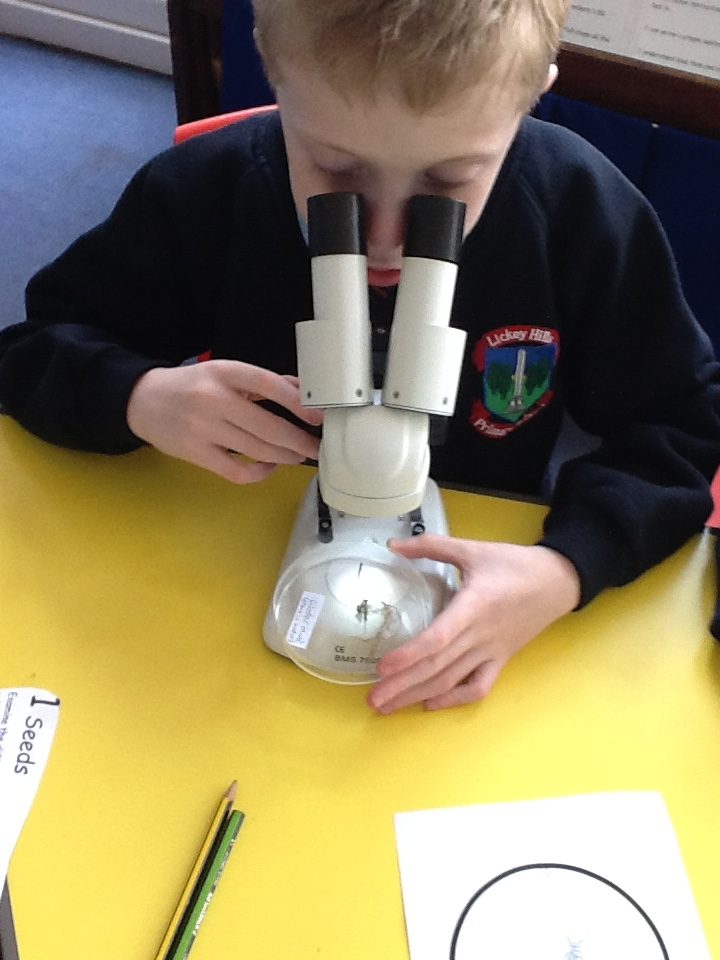
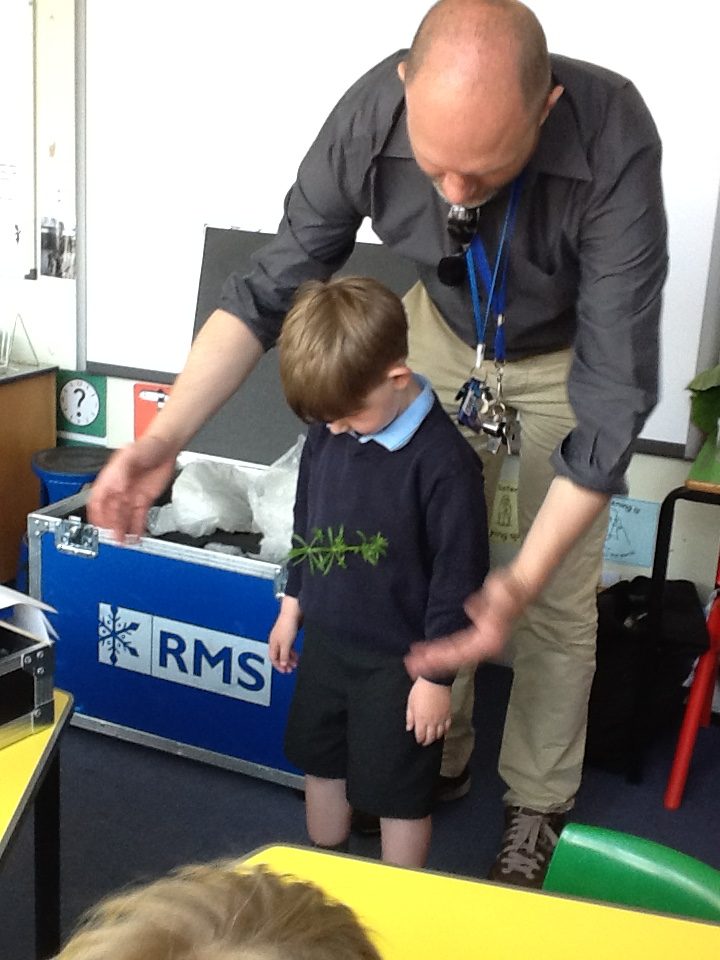
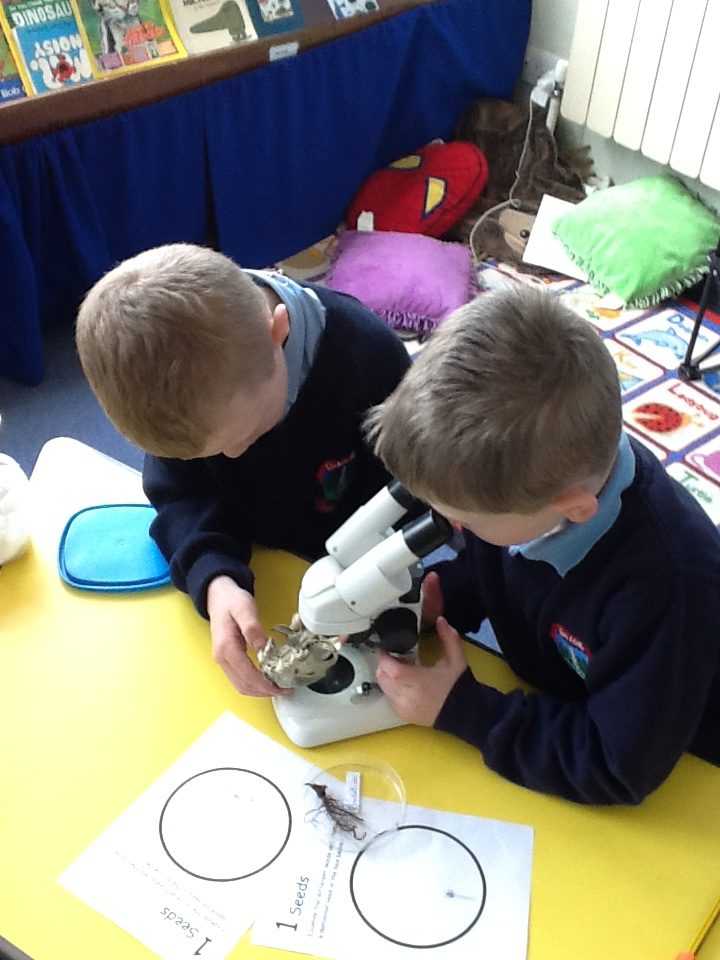
Two Little Speckled Frogs…
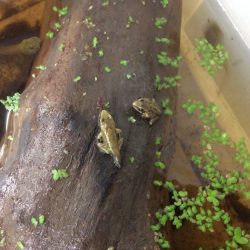
We said goodbye to our little classroom visitors today as our tadpoles have turned into little froglets over the holidays! We released them by the edge of our wildlife pond and they were quick to go and sit on a log to look for some delicious bugs (yum yum!)
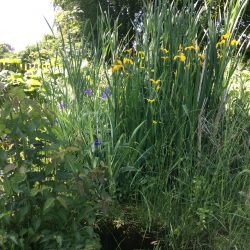
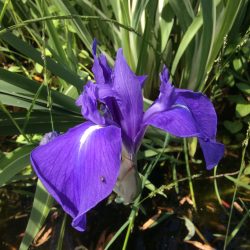
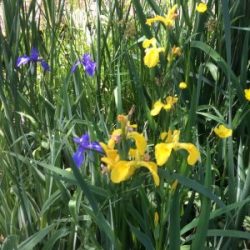
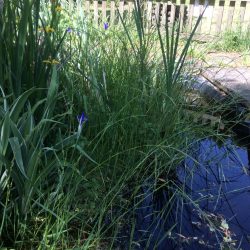
Plant Parts

We spent the afternoon exploring the different parts of plants, from root to leaf via stems, under the microscopes. We examined different seeds, including seeing how dandelion seeds fly, and the fruits that surround them. We looked at the hairs on leaves which perform different functions such as protecting furry leaves from strong sunlight, injecting poison in nettles and clinging on to clothes and fur in goose grass. Did you know the flower head of a daisy is actually lots of tiny yellow flowers surrounded by white flowers? We also studied mosses and ferns and different types of soil.
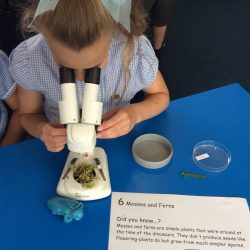
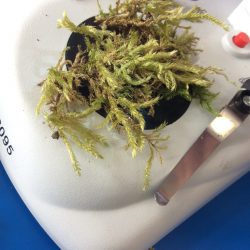
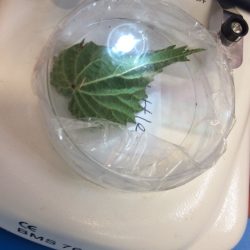
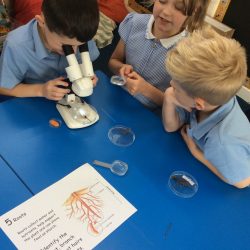
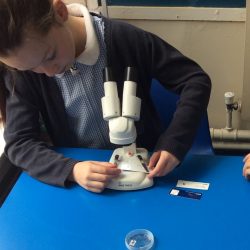
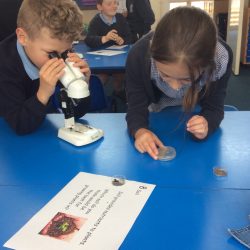
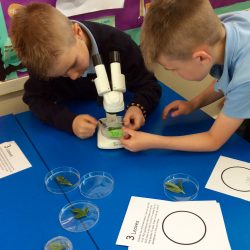
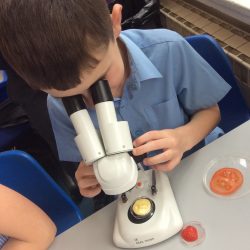
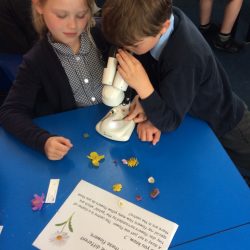
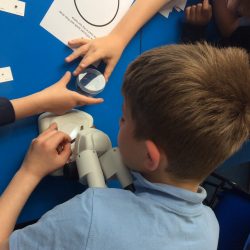

Looking at Leaves
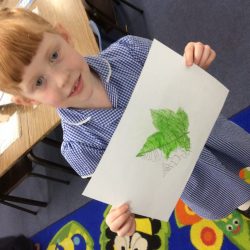
Year 1 have been looking at leaves. We started by focusing on colour by going on a scavenger hunt for different shades of green on the school field. We soon found out that the grass, tree leaves and other plants on the field used a wide range of greens which we had fun creating names for, such as Bleen (a sort of bluey-green) and Barnt Green (describing a buttercup leaf).
We then returned to the classroom to look at leaf shapes and details such as veins by sketching some of our leaves.
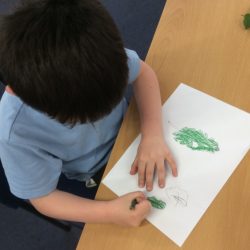
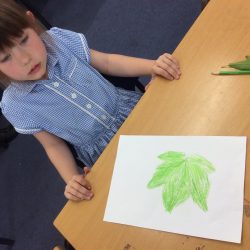
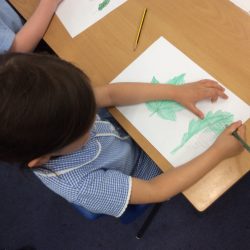
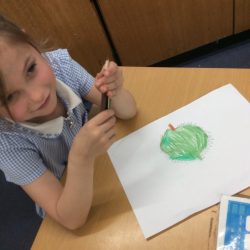
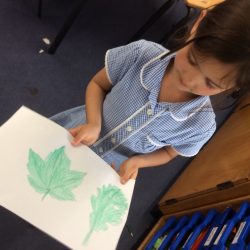
Classification Keys
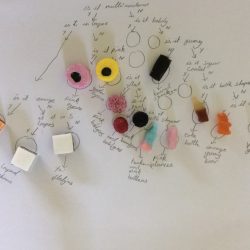
This term, Year 6 have been looking at the classification of living things including creating our own classification keys. We started with something simple to get the hang of it – different sweets. However, by the end of the lesson we were designing keys to identify British bumblebee species.
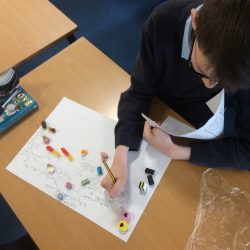
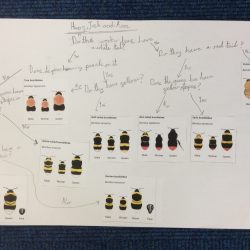
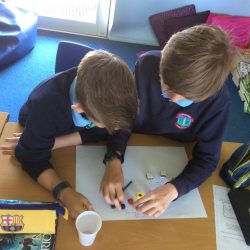
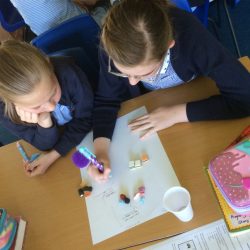
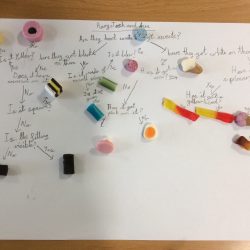
Powerful Pulleys
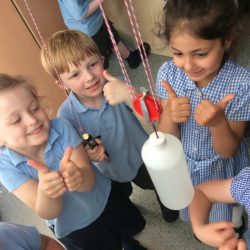
You’ve got an enormous turnip that needs pulling up? No problem! We’ve been finding out about pulleys and how they can be used to make lifting heavy weights easier.


